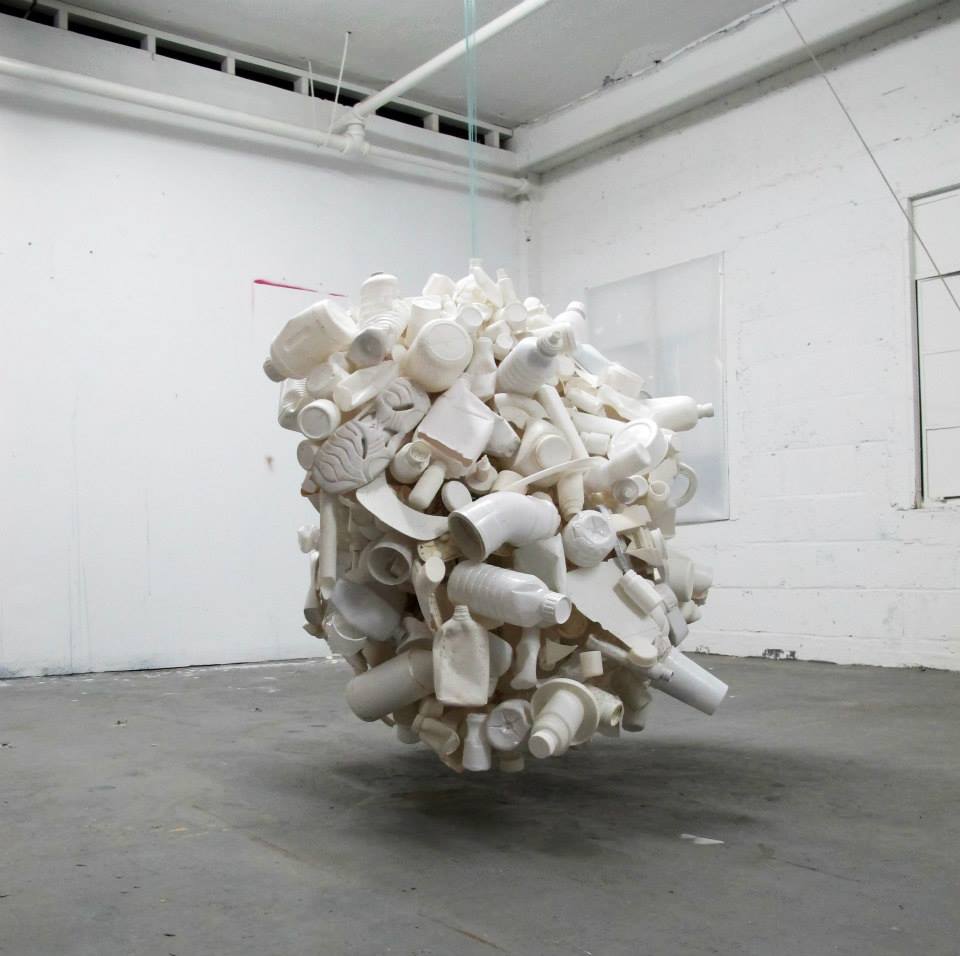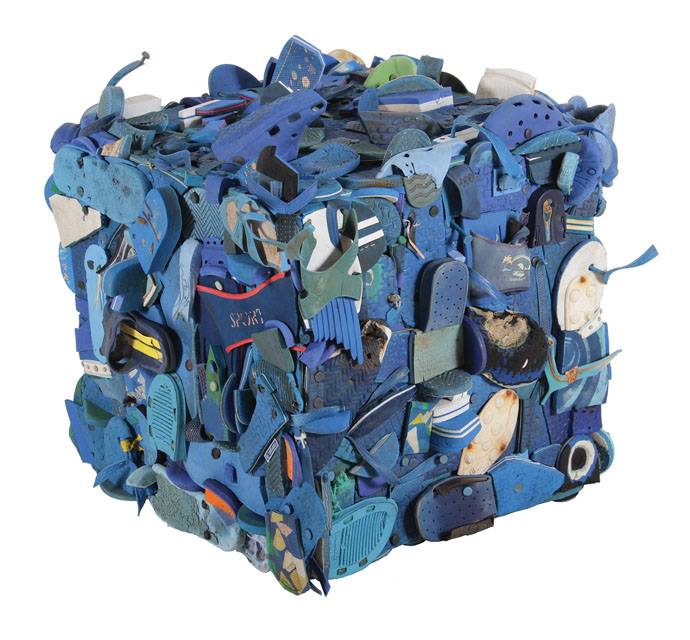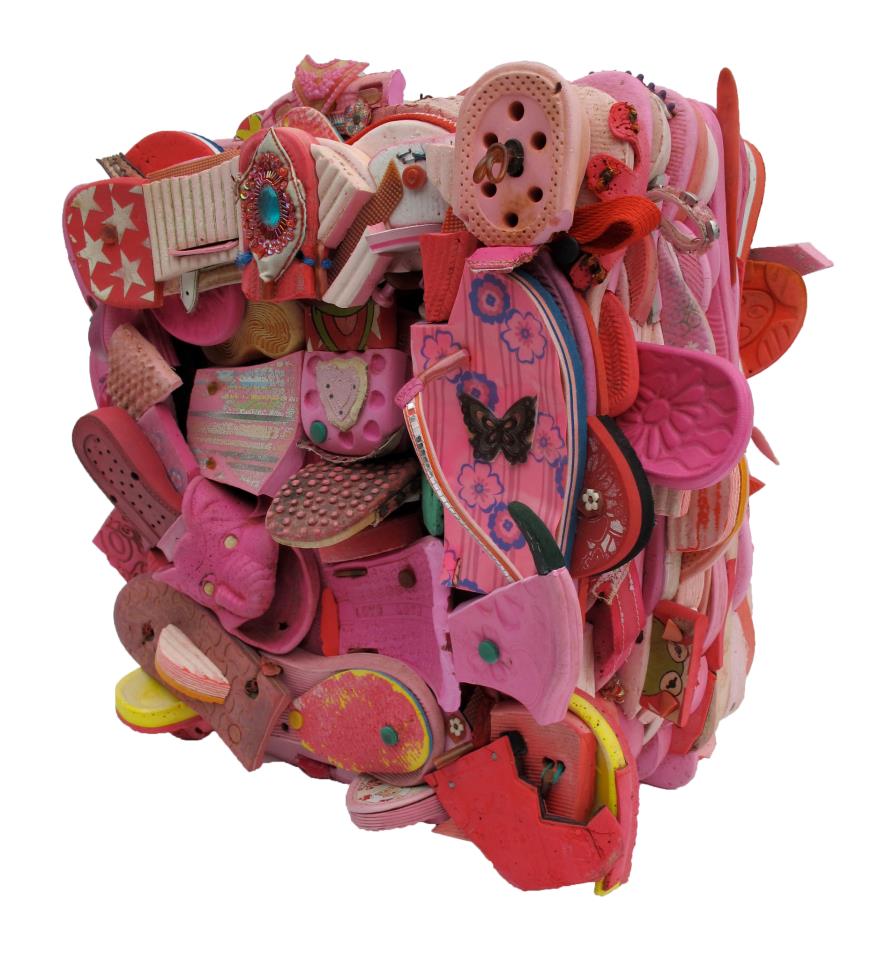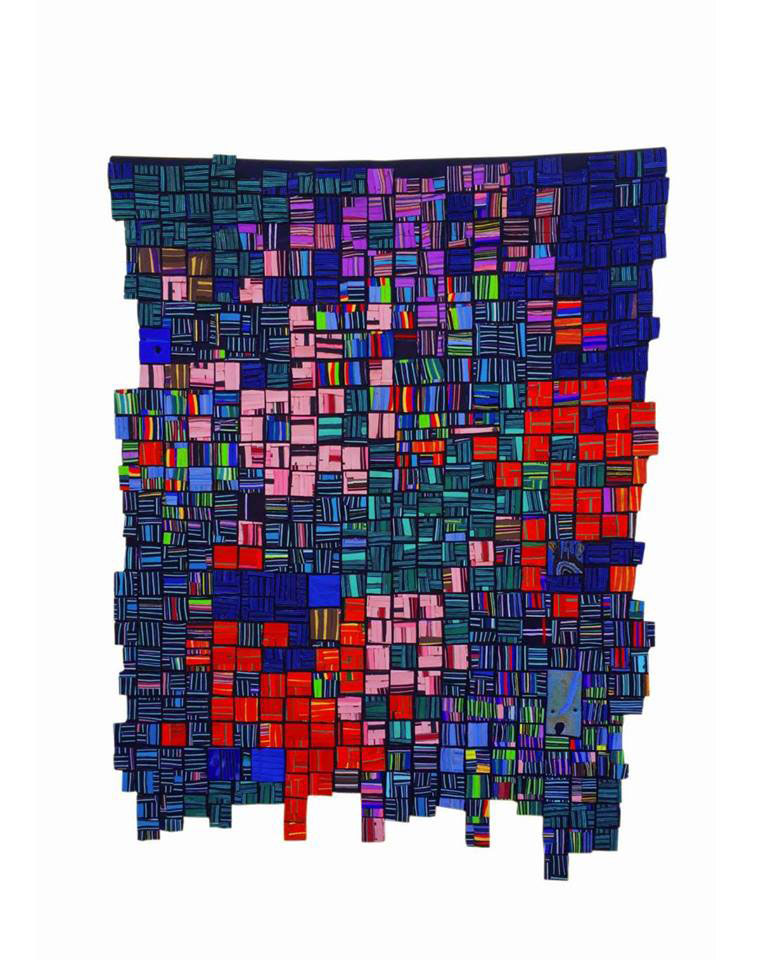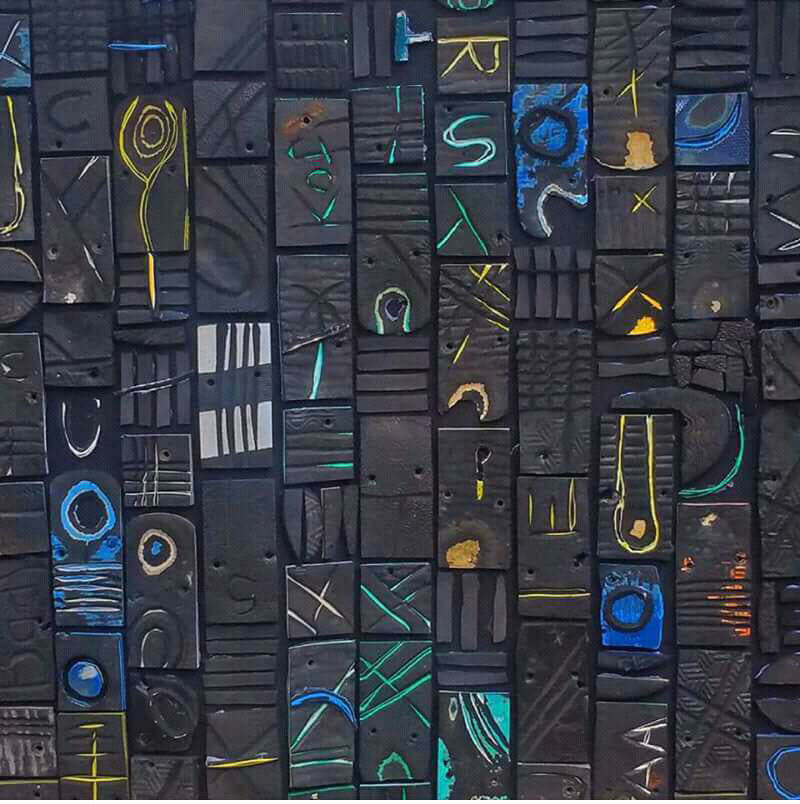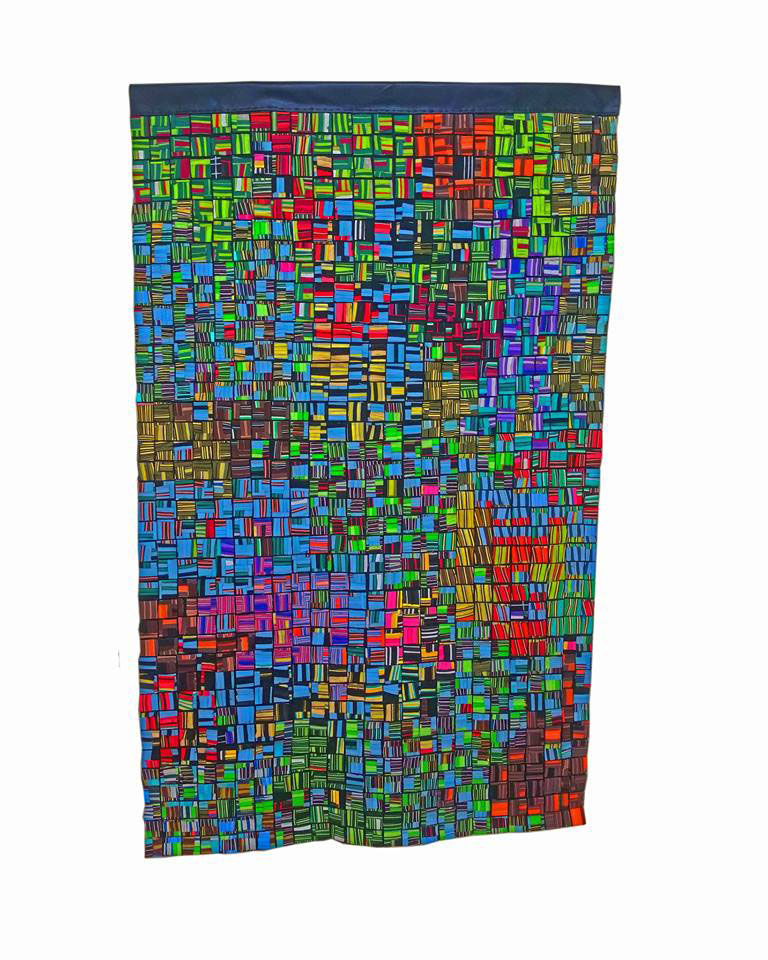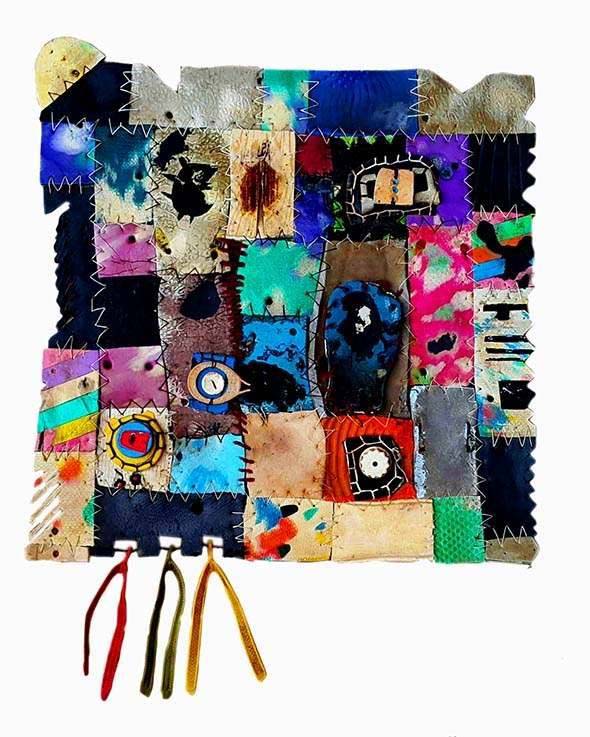For the past two years, HAF has taken a close look at what artists are saying about the alarming conditions to our land and waters globally. The plastic trash into art project is an ongoing study. Patrick Turkson, Ghana; Antonio Mena, El Salvador; Ron Shelton, USA; Sergiu Chihaia, Romania; Reenie Charriere, USA; Tae-youn Kim, Korea; Macha Melanie, France; Cynthia Minet, USA; and Caroline Secq, France, are several artists participating in this important study, with much more to come.
Scientist Richard Kirby has filmed the moment plastic microfibre is ingested by plankton, illustrating how the material is affecting life beneath the waves. The footage shows one way that waste plastic could be entering the marine and global food chain. “When I saw it, I thought that here was something, visually, to convey to the public the problem of plastic in the sea,” says Kirby. This concept adapted in this video has become the muse or thesis to my approach to this serious issue. It is my goal to bring awareness to my local community, which seems to be oblivious to the devastation this element is and the menace it is causing our global community. An estimated 150 million tons of plastic “disappears” from the world’s waste stream each year. Waste plastic in the world’s seas has been recognized by the United Nations as a major environmental problem.
It took years of industry advocacy before the cellophane sack, invented in the 1960s, caught on. Plastic is versatile, lightweight, flexible, moisture resistant, strong, and relatively inexpensive. These attractive qualities fuel our voracious appetite for – and over-consumption of – plastic goods. Polyethylene, which is one of the world’s most ubiquitous plastics today, was created in 1898. Jacques Edwin Brandenberger, a Swiss chemist, and textile engineer, invented cellophane in 1908. He was awarded the Franklin Institute’s Elliott Cresson Medal in 1937.
There is room for cautious optimism. Slowly, governments are beginning to outlaw plastic bags and some countries have outright banned the manufacturing of plastic. How do we attack this overwhelming problem, when so much of our personal and commercial world make use of this product?
featured image: artist Ron Shelton, USA. “our plastic world” (yellow) plastic, steel wire. 5ft x 23in diameter. CAN Triennial, Cleveland Ohio now through July 29, 2018




